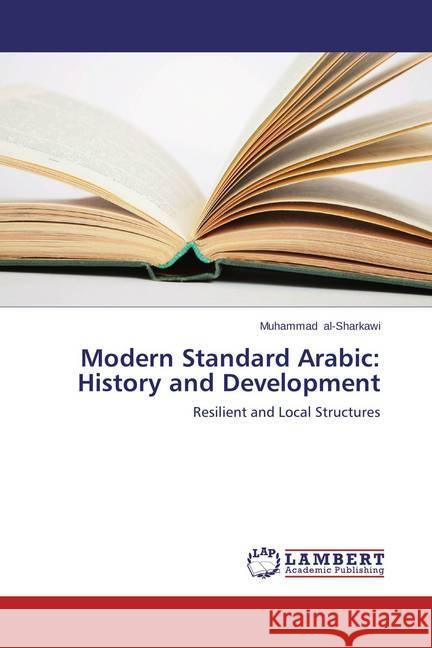Modern Standard Arabic: History and Development : Resilient and Local Structures » książka
Modern Standard Arabic: History and Development : Resilient and Local Structures
ISBN-13: 9783659621239 / Angielski / Miękka / 2014 / 244 str.
Writing a history or a survey of the developmental path of Modern Standard Arabic is a challenging task for several reasons. Some of these reasons have to do with the nature (diglossic and geographical variability) and terrain (complex and diversified morphological and syntactic features) of the language itself, and some other reasons have to do with the level of sophistication and depth of the study of Arabic on all levels. It is a task that must be taken, I assume, incrementally in concomitant and consecutive steps and be based on a rigorous study of the formal, sociolinguistic, and statistical analysis of the modern linguistic situation of Arabic. It is my task in this book, therefore, to introduce a conceptual primary step towards this goal. This book is an attempt to understand the different and sometimes contradictory ecological factors that formulate the formal shape of Arabic in the 20th and 21st centuries. It distinguishes permissive ecological developmental factors from prohibitive ones. It also categorizes the structures of Modern Standard Arabic according to their capacity to respond to ecological factors in the developmental setting.











